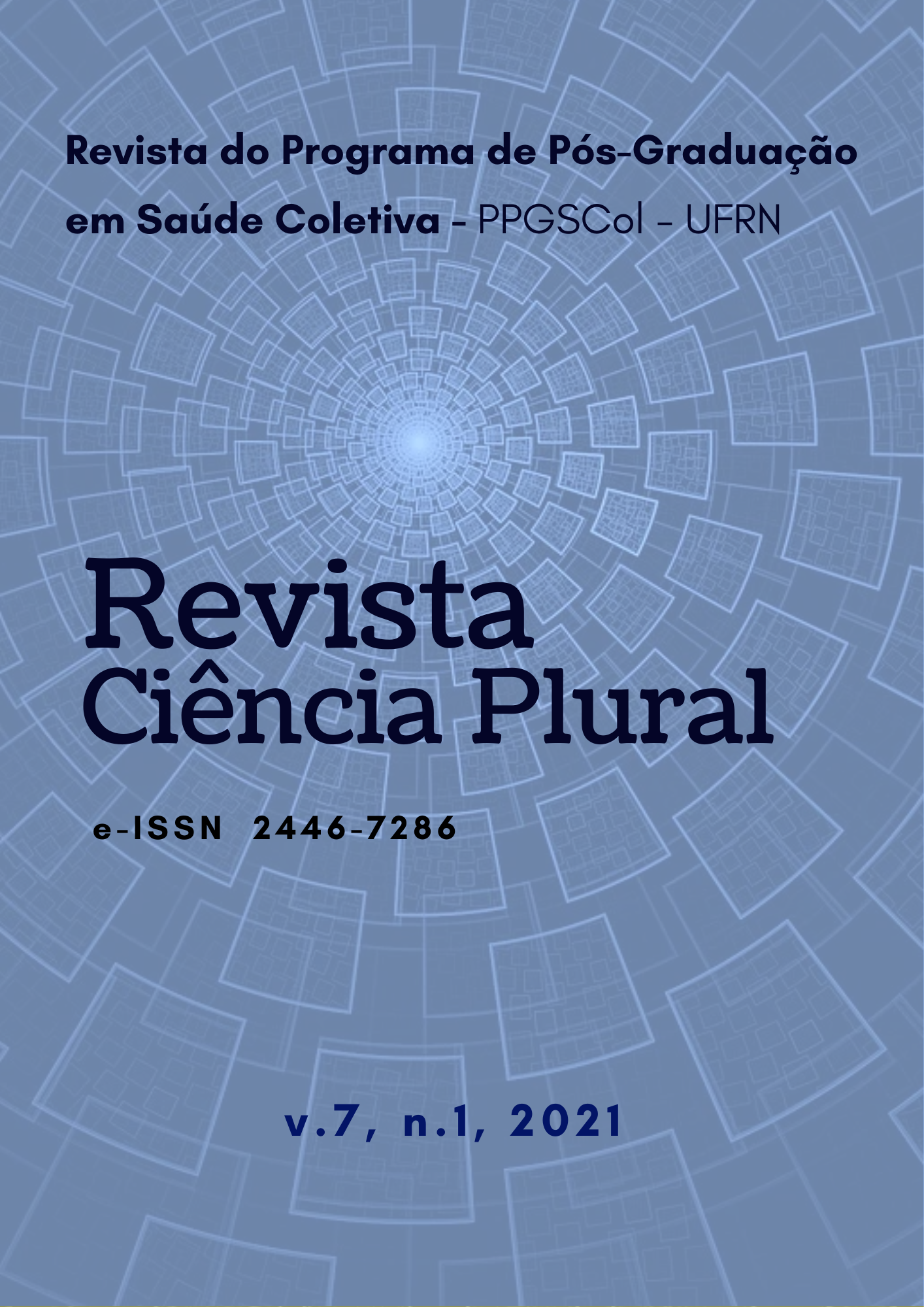PERFIL EPIDEMIOLÓGICO DE ACIDENTES COM ANIMAIS PEÇONHENTOS NO ESTADO DO MARANHÃO
DOI:
https://doi.org/10.21680/2446-7286.2021v7n1ID20577Abstract
Introduction: Consider as a public health problem, accidents caused by venomous animals (ophidians, scorpions, spiders and others) are responsible for a number of recordings in the world population. In the region evaluetade, studies on the topic are non-existent, with the need for data collection since the updated information is of fundamental importance for the epidemiology actions that are being employed with greater security. Objective: To describe the epidemiological profile of accidents with venomous animals in the state of Maranhão. Methodology: This is an ecological, descriptive with a quantitative approach. Data were collected on the SINAN / DATASUS portal and used in the production of graphs and tables. Results: There was a higher incidence of accident notifications in 2019 and in the months of February (10,14%), March (9,96%) and May(9,89%).Regarding the profile of victms, there was a predominance of males (68,16%), young adults aged 20 to 39 (36,24%) and self-declared blacks (75,03%). With regard to pregnancy the vast majority does not aplly to the pregnant category (77,71%). Regarding the characteristics of the accident, the scorpionic accident stands out (55,97%), followed by accidents with spiders (30,66%) and snakebites (4,09%). The time elapsed between the accident and the assistance was predominant in the interval of 1 to 3 hours after the accident (34,37%). Of the accidents that occured, 61,31% were classified as mild, 82,02% progressed clinically with cure and 0,6% died. Conclusions: Accidents with venomous animals are a public health problem and intersectoral measures between epidemiological surveillance, the secretary of environment and the zoonosis control center are essential to reduce mortality from accidents with poisonous animals.
Downloads
Downloads
Published
How to Cite
Issue
Section
License
À Revista Ciência Plural ficam reservados os direitos autorais referente a todos os artigos publicados.

 Português (Brasil)
Português (Brasil) English
English Español (España)
Español (España)










2.png)
